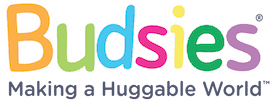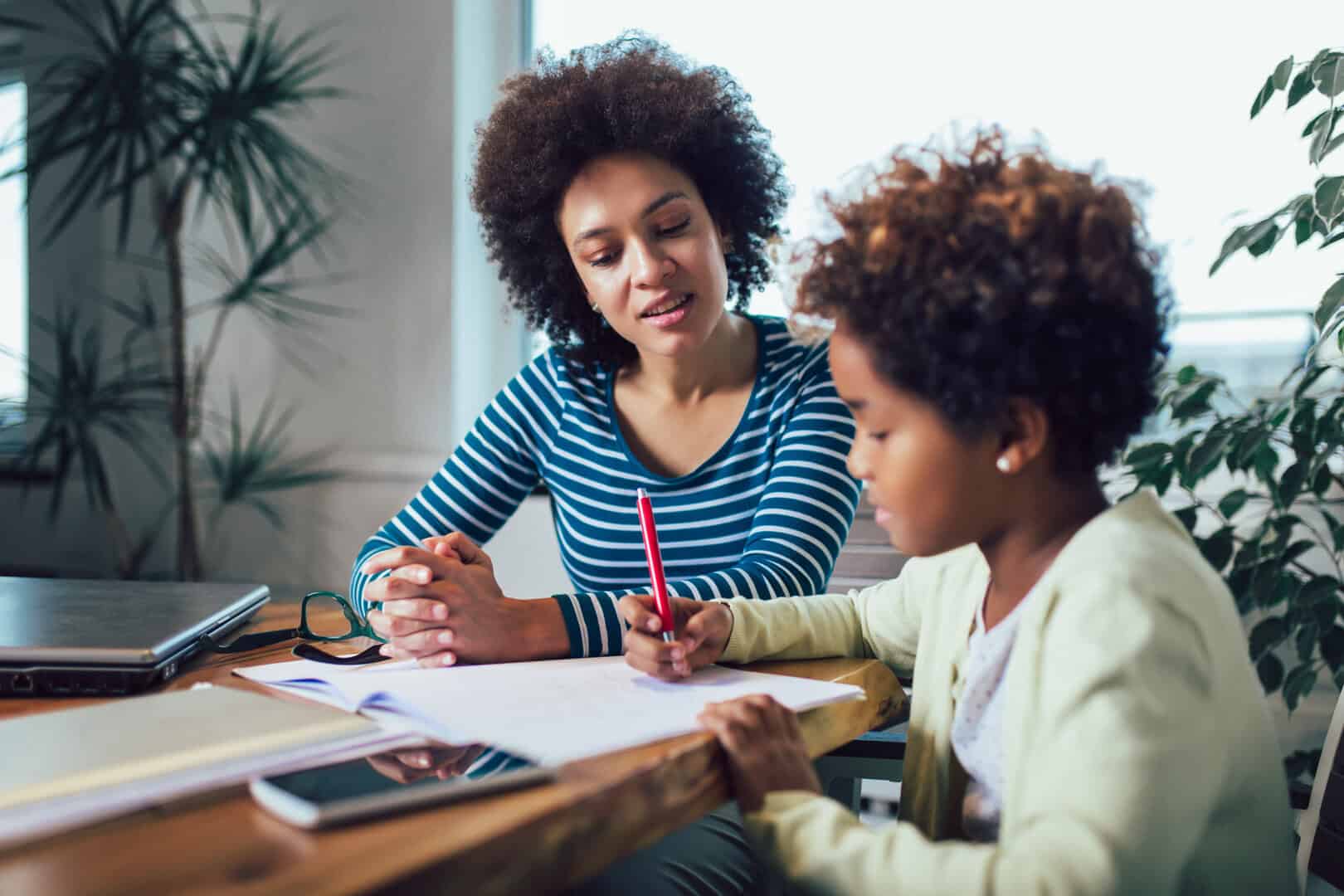We are a professional blog site that may receive compensation or free samples from the companies whose products and topics we write about. We are independently owned, and the opinions expressed here are of the writer. To read the full disclosure click here.
______________________________
Parents are always looking for ways to give their kids the things they need to grow into healthy and successful adults. There are a lot of ways this is done. A teacher may work moral lessons into their lesson plans and then the parents enforce these lessons at home.
Both life lessons and academic lessons can make learning successful. It’s important to note, though, that it isn’t only the lessons we teach that affect a child’s learning. It’s also affected by the environment in which we teach. So, what learning environments give the best academic results?
Safe Environment for Learning
The first thing you need to do to help a child learn is to help them feel safe. If they are constantly worried that something is going to happen, whether, at home or nearby, they won’t be thinking about their schoolwork. Think about it this way, if your workplace felt unsafe, would you be able to focus on your work? So, the environment should cover the basics to make a child feel at ease and relaxed.
Comfort is Key When Developing New Skills
Once you have the environment at a safe level, you should take steps to make the environment as comfortable as possible. This way, the child is relaxed enough to focus. First, make sure the learning room is a comfortable temperature with proper lighting.
Many elementary schools have “snack time” to make sure kids aren’t hungry and unfocused between meals. So, you want to make sure your child isn’t hungry, so you won’t be interrupted by them asking for snacks.
Remove Distractions to Focus on Learning
Create a clean, clutter-free environment to try and limit distractions. Kids won’t be tempted to pick something up nearby or change the subject if there’s nothing laying around. Much like an adult with a cluttered desk, a child will get distracted by too many other items.
Provide Support and Discipline
When teaching a child, it’s important that you offer them support, encourage them to do their best. They need to know that you believe they can learn. Otherwise, they are bound to get discouraged by the thought that they can’t complete a task.
However, you shouldn’t be afraid of discipline either. If a child is getting distracted, they won’t focus on their studies. Don’t go overboard, though, because you don’t want the child to be nervous around you as you try to teach them either.
Try giving the child a color count down, like what many elementary teachers do. The day begins on the green, and for every two or so warnings the color changes to yellow and then lastly, red. Make sure there’s a consequence when they get on red, extra chores or limit something fun they usually get to do.
When you want a child to learn, you need to provide them with a positive learning environment. Ensure the child feels safe and comfortable, remove as many distractions and clutter as you can, and support the child through the learning process. It can get overwhelming, so remind the child it’s okay to make mistakes and encourage them to keep trying. You’re in this together.
_______________________________________________________________________
Author Bio: My name is Jennifer Lockman, I am a student at UCLA majoring in Journalism and s blogger at EssayPro.com. My expertise includes general education, e-learning, business, writing, and lifestyle.








